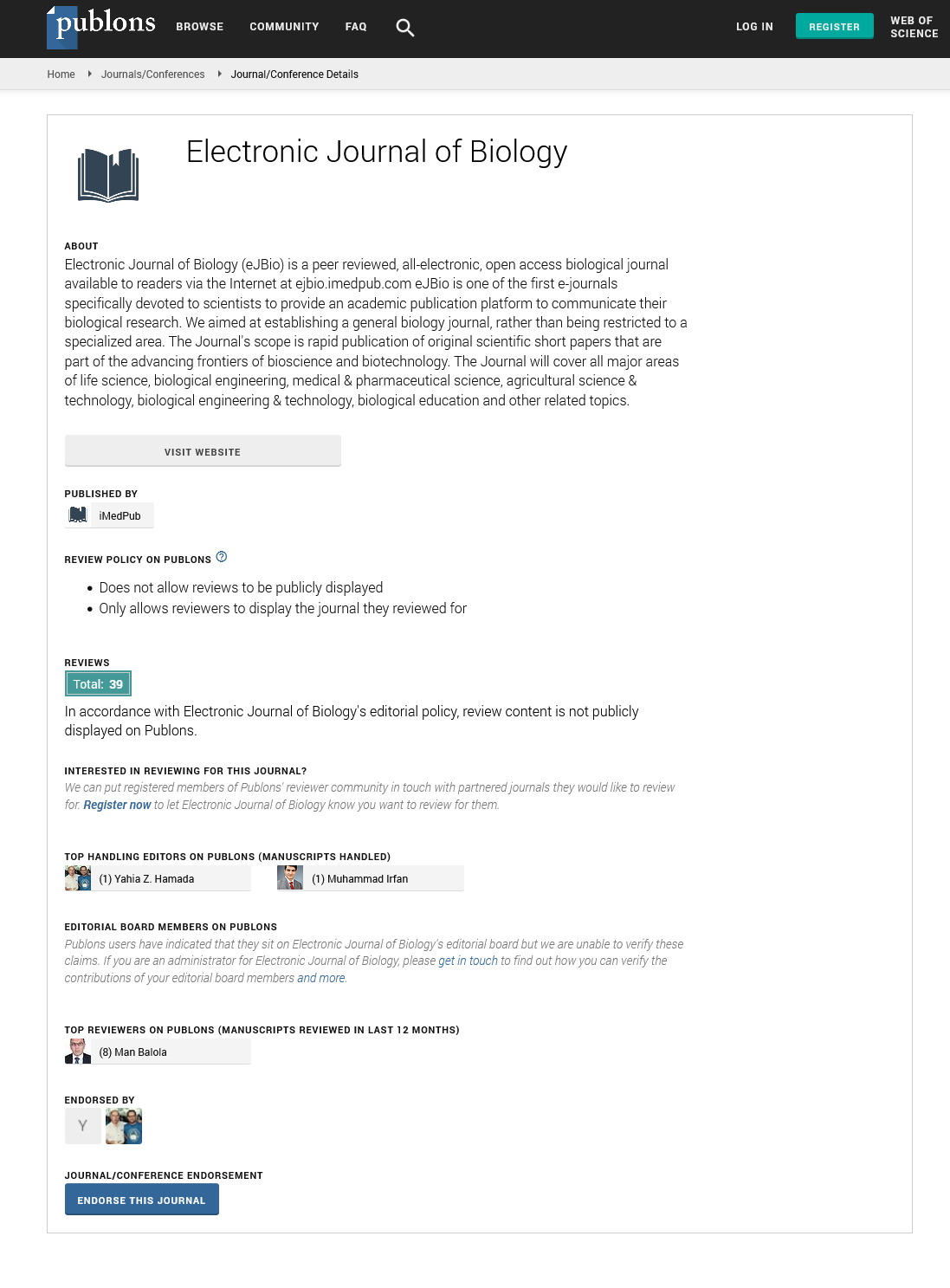Abstract
Salivary Cortisol, Testosterone and DHEA in Healthy University Male Students with Hyperleptinemia: Retrospective Cohort Study
Background: Cortisol, testosterone and DHEA are steroid hormones associated with youth physiology. The aim of this study was to evaluate the association of stress hormones with leptin, the hormone of obesity, in university male students. In this prospective cohort study, ninety university male students in the age range of 18 to 24 years were categorized into two groups; NL=Normal or Borderline Serum Leptin Level (<9.4 ng/ml); HL=High Serum Leptin Level (≥ 9.4 ng/ ml). In these groups, serum leptin and salivary levels for testosterone, dehydroepiendisterone (DHEA) and cortisol were immunoassayed. Correlation coefficients model analysis found that M-DHEA was significantly positively correlated with serum leptin in all subjects regardless of study group (r=- 0.248, p=0.003). The model analysis also found that body weight showed greater significant and positive correlation with serum leptin level than did BMI (NL: r=0.549 vs. 0.429, HL; r=0.517 vs. 0.422, respectively). A positive correlation between hyperlipidemia and hyperleptinemia was noted. Negative correlation was seen between M-DHEA and some obesity parameter including BMI and body weight and serum leptin. Elevated cortisol with declined DHEA balance was noted in this study. Our findings shed some light on the potential mechanisms linking obesity, stress and aging hormones in young men where leptin is the main obesity marker that promotes steroid hormones imbalance leading to maladaptation to chronic stress in young men. We observed that serum leptin levels are proportional to DHEA/cortisol imbalance and suggested to be a new indicator of chronic stress maladaptation in young obese males.
Author(s):
Mahmoud Abu-Samak, Luai Hasoun, May Ibrahim Abu-Taha, Shady Helmi Awwad, Beisan Ali Mohammad
Abstract | Full-Text | PDF
Share this

Google scholar citation report
Citations : 5001
Electronic Journal of Biology received 5001 citations as per google scholar report
Electronic Journal of Biology peer review process verified at publons
Abstracted/Indexed in
- Google Scholar
- China National Knowledge Infrastructure (CNKI)
- CiteFactor
- Electronic Journals Library
- Zoological Records
- WorldCat
- Proquest Summons
- Publons
- MIAR
- Openaccessarticles.com
- Secret Search Engine Labs
Open Access Journals
- Aquaculture & Veterinary Science
- Chemistry & Chemical Sciences
- Clinical Sciences
- Engineering
- General Science
- Genetics & Molecular Biology
- Health Care & Nursing
- Immunology & Microbiology
- Materials Science
- Mathematics & Physics
- Medical Sciences
- Neurology & Psychiatry
- Oncology & Cancer Science
- Pharmaceutical Sciences


